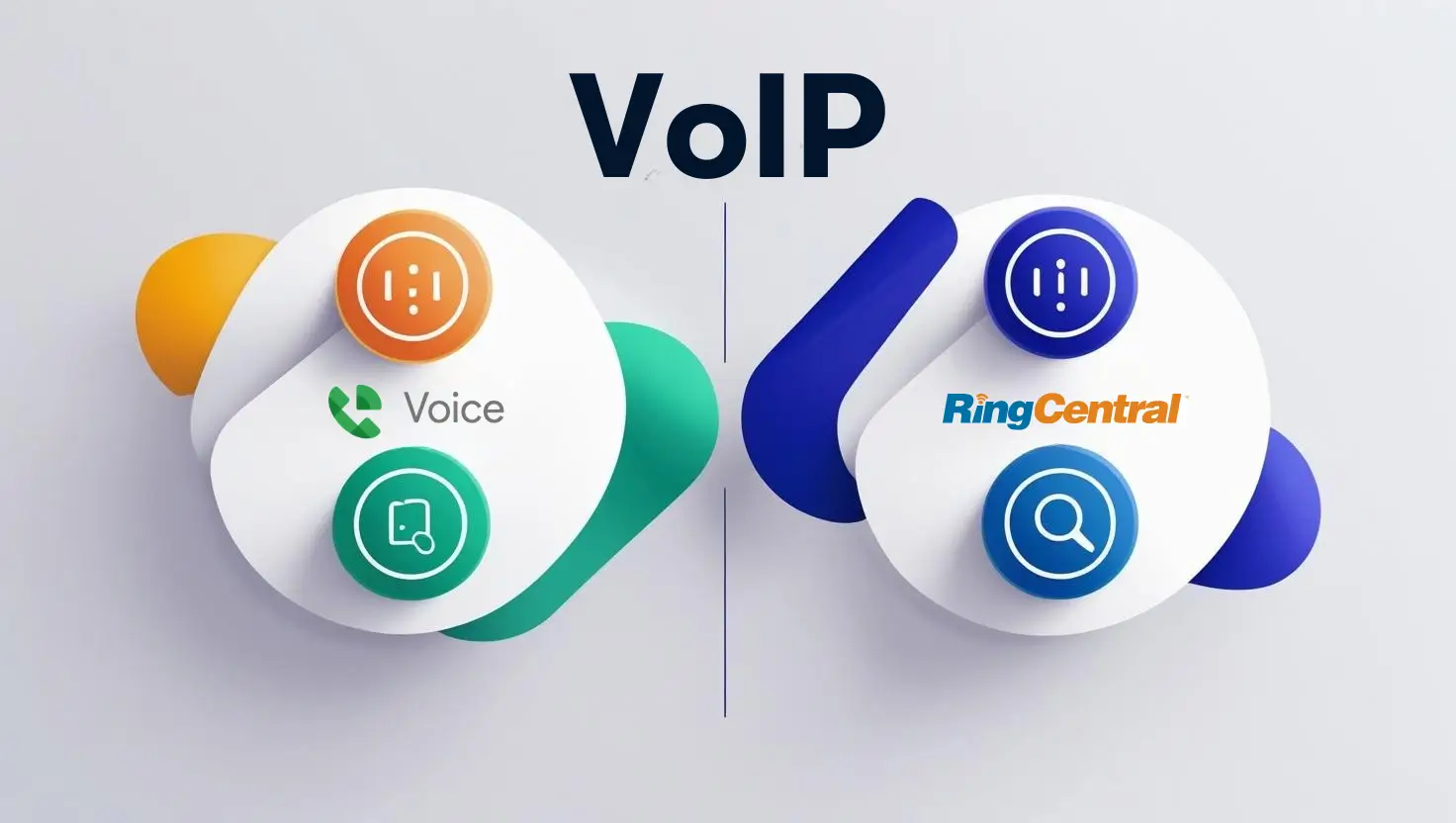Optimizing WAN Connectivity for VoIP

As businesses grow and flourish, they typically hire extra staff and increase the size of their headquarters to accommodate them. The next step usually comes with the opening of new branches in other parts of the city, or even across the country. Such growth quickly develops into a multi-site company, with locations across the country and around the world.
This introduces challenges to the way that network services are delivered to these locations, and in particular, voice services. In this article, we’ll focus on these challenges and the ways in which they can be overcome.
Multi-site enterprises and organizations
Typically, an organization that has grown to include remote sites requires the use of wide-area network (WAN) technologies to interconnect its sites. Sure, each site has a connection to the Internet, but there are internal network services that you want all employees at every location to have access to, without compromising security or performance. This includes things like CRMs, finance and accounting applications, and telephony.
Due to network convergence and the use of VoIP protocols for telephony, voice services are another network service that runs on a corporate network.
This means that remote sites must be interconnected with each other using WAN technologies in such a way that these services function correctly. Due to network convergence and the use of VoIP protocols for telephony, voice services are another network service that runs on a corporate network. However, VoIP has special requirements that must be met in order for it to operate effectively. Packets must arrive in a consistent and timely flow. Phenomena such as network congestion and jitter can be disastrous for voice services.
For this reason, the network edge of each corporate location in a multi-site organization must be optimized appropriately to ensure that VoIP telephony does not suffer from potential bottlenecks or network congestion delays. This should be done regardless of whether you use an on-premises IP PBX, or a cloud-based service, such as RingCentral.
Best VoIP Provider
 Sign up & cancel for free
Sign up & cancel for free  Enterprise-class features
Enterprise-class features  Flexible communications options
Flexible communications options  Setup and switching is simple
Setup and switching is simple  Try for free
Try for free  Cloud system with simple set-up
Cloud system with simple set-up WAN Infrastructure
At the edge of the network of each remote site, there are typically one or more WAN connections using various technologies. These technologies can generally be put into two broad categories: commercial-grade and carrier-grade technologies.
Commercial-grade WAN technologies include things like xDSL, cable, and in some cases fixed cellular connectivity. These are typically used in homes and small offices that support up to several dozen users. They are characterized by the use of low-cost terminal equipment and speeds that generally reach several dozen Mbps and sometimes exceed well over 100 Mbps depending on your location and your ISP.
Carrier-grade technologies, on the other hand, offer much higher reliability as well as faster speeds and are used more often for larger enterprises. Such technologies include fiber optics, metro Ethernet, MPLS, and microwave links, to name a few.
Most large enterprises will employ carrier-grade WAN technologies for their headquarters and larger sites while utilizing commercial-grade options for smaller branch offices and less “mission-critical” sites.
The technology and configuration employed at the edge of these networks, whether the carrier or commercial grade, must function in such a way that voice services do not suffer.
WAN usage
How voice packets are handled at the edge of each site’s network depends on how the WAN is utilized. Is it being used solely to connect to the Internet, only to connect to remote sites or both? When directing VoIP traffic over either of these infrastructures, it’s important to weigh the options you have in each case and choose what is best for you.
WAN interconnection of remote locations
The type of WAN connections that are used to interconnect remote sites of an enterprise network will affect the method of deployment that will work best with VoIP. Some scenarios and the best practices that should be employed for these are described below:
VoIP over VPN using commercial-grade connections
This solution is arguably the cheapest and most readily deployable scenario to interconnect remote sites. This can be done using a site-to-site VPN over a DSL or cable connection. By creating a VPN between sites, voice traffic can simply be routed over the Internet, remaining secure and confidential due to the strong encryption that is employed. Even so, there are a couple of things to keep in mind about such a connection. VPNs will add some overhead to each voice packet, which can affect the traffic flow itself. Secondly, the Internet lacks quality of service (QoS) assurance, so your voice traffic is at the mercy of whatever congestion it may face along the way. For such scenarios, it’s best to use a voice codec that has a high level of compression, such as G.729, to maximize throughput.
VoIP over carrier-grade WAN technologies
Most larger enterprises will connect to the WAN using high-speed high-reliability connections operated by carrier-grade technologies. These technologies are offered over the private network of an ISP, so connections between sites can include QoS for voice services, guaranteeing all of the required thresholds needed by VoIP. Make sure your ISP is informed of the QoS requirements for voice so they can employ them on their WAN network connecting your sites. Remember to implement them on your own network infrastructure as well.
Connecting to the PSTN and the Internet
Beyond being used to interconnect remote sites, WAN technologies will also connect to the outside world, whether that’s the Public Switched Telephone Network (PSTN) or the Internet. In the past, these two connections worked on different circuits simply because telephony and data were two incompatible entities. Today, both can be routed over the same WAN connection, since VoIP telephony providers, such as Ooma, offer SIP trunks that can be routed over data circuits. In some cases, however, it may be beneficial to keep these two links separate, while telephony and data will share the same circuit in others. Some of the most common options that will optimize your WAN connection for your VoIP services include:
Sharing the same circuit for both voice and data
Typically, if you have a fast and reliable enough WAN connection, you may choose to have both your voice and data connections use the same circuit to the Internet. If this is the case, you must ensure that the appropriate quality of service mechanisms are in place at the edge equipment, whether that’s a firewall or a router, so that the link to the WAN will not delay the delivery of VoIP packets in the event of network congestion. Remember that when such links are shared, an increase in Internet traffic will affect voice traffic using the same WAN connection.
Separate VoIP and data connections
For some enterprises, it may be beneficial to separate voice and data circuits. Even though both voice and data can technically use the same link, by separating them, you ensure that Internet traffic will in no way affect the transmission of your voice services. This is especially useful for voice services that are mission-critical, such as contact center services delivered by Freshcaller.
SD-WAN for VoIP
A discussion about WAN optimization for VoIP would not be complete without mentioning the concept of the software-defined WAN (SD-WAN). This is a concept that can provide high-reliability high-throughput WAN connectivity over multiple WAN connections. This can be done even using commercial-grade WAN technologies. The idea is that some combination of multiple WAN connections, such as xDSL, cable, fixed cellular, MPLS, Metro Ethernet, and others, are connected to an SD-WAN device or controller at the edge of the corporate network. This controller then uses intelligent processes to load balance, route, and transmit traffic across those numerous WAN connections. Routing decisions are made depending upon a multitude of criteria including the type of traffic, the intended quality of service, and the volume of traffic being sent.
SD-WAN systems are capable of detecting a voice conversation and can reliably route voice traffic in the best possible way in order to ensure secure, timely, and consistent transmission of these packets. As a result, SD-WAN can deliver high quality, high reliability, high availability, and high throughput using a combination of commercial-grade connections.
Related Articles
General Guidelines Summary
The whole process involved in guaranteeing WAN optimization for voice can get complicated, requiring many different approaches. Here’s a quick summary of the concepts that we’ve described above:
- Ensure that QoS mechanisms are employed for VoIP on your own network and on the portions of the ISP network that carry voice traffic.
- Remember that voice traffic sent over the Internet at large, using site-to-site VPNs will be subject to any network congestion it encounters.
- Employ the appropriate measures at the edge of your network, regardless of what WAN technology is being used.
- Select the most suitable solution for your requirements, balancing the cost with the features and capabilities delivered by each solution.
Conclusion
Designing a network for voice traffic is tricky. Designing a multi-site network with WAN connections for voice can quickly become very complicated. Keeping these concepts in mind as you do so will help alleviate any potential issues with VoIP services you may encounter along the way.











